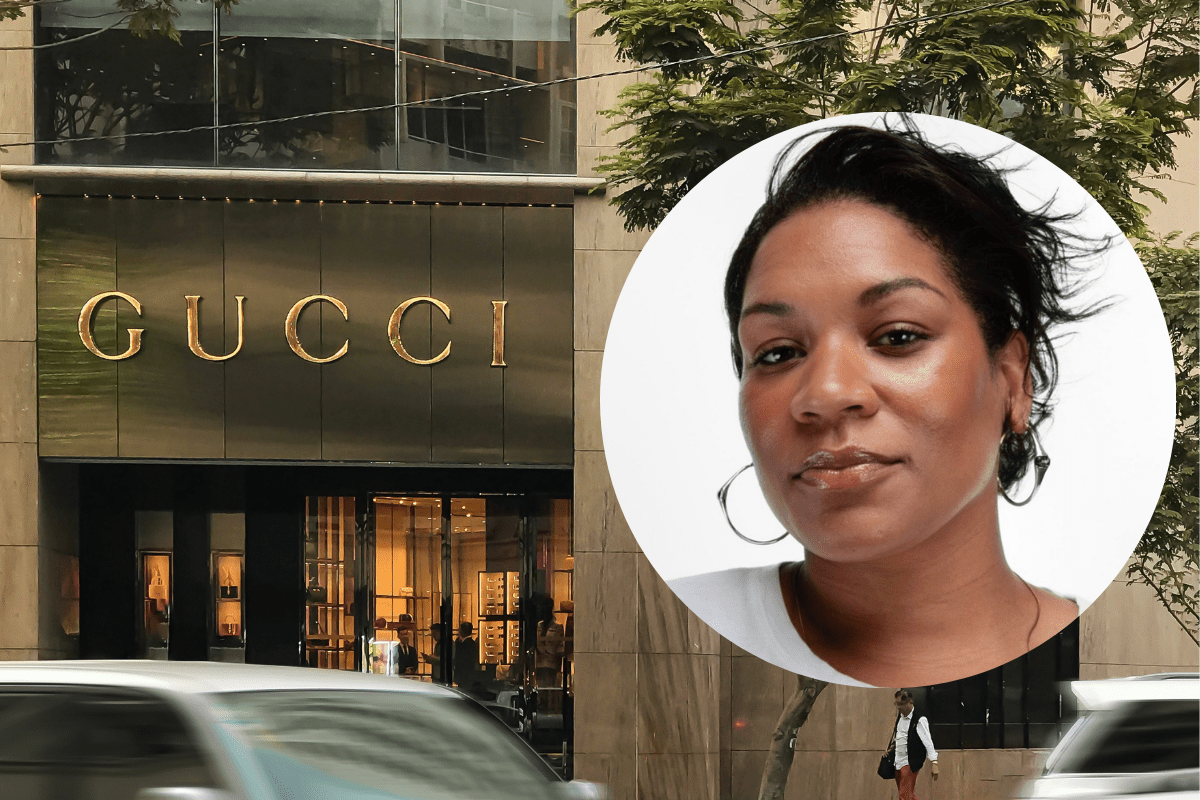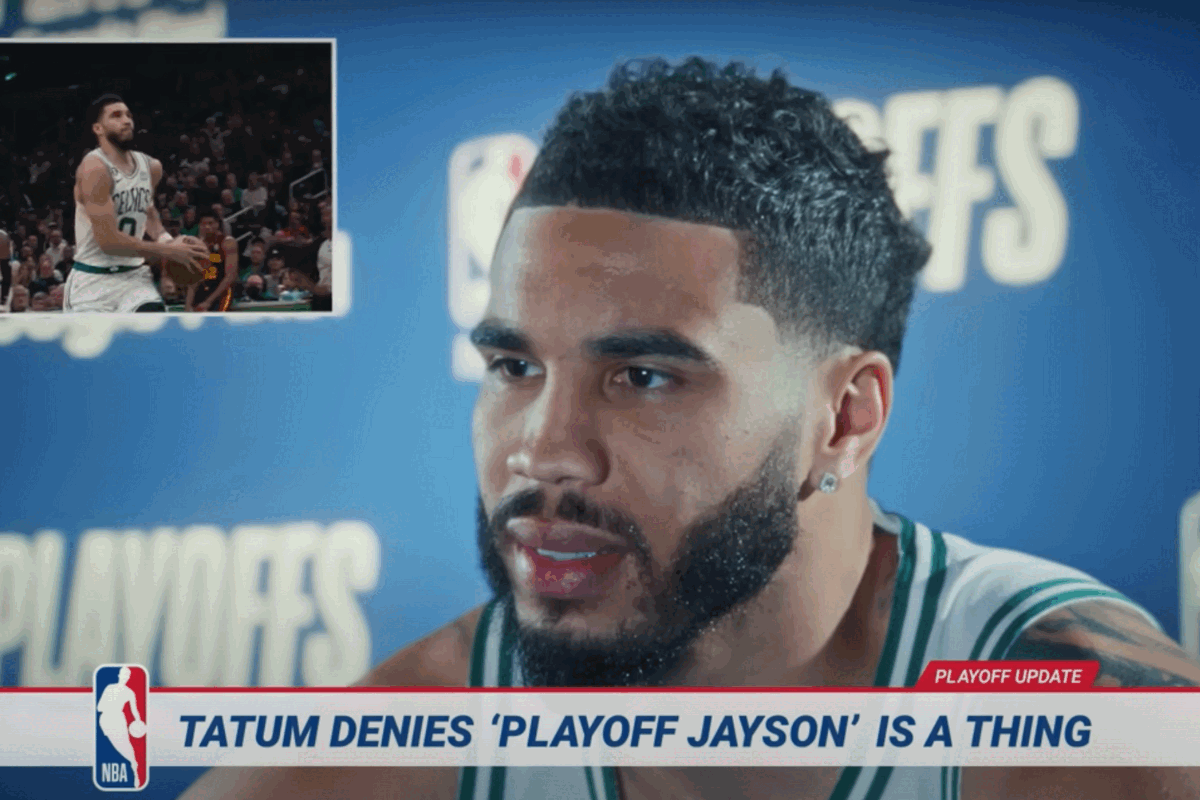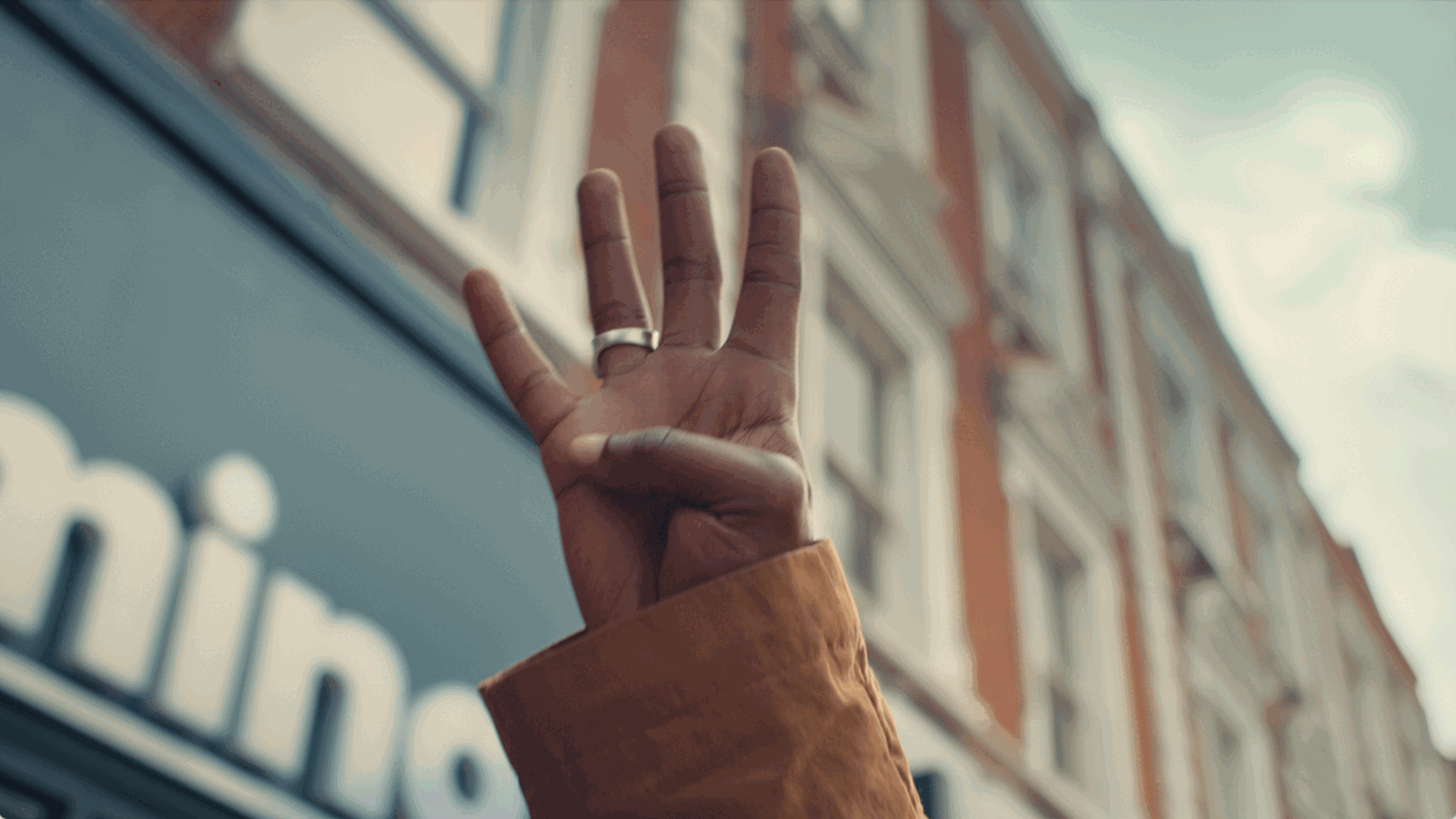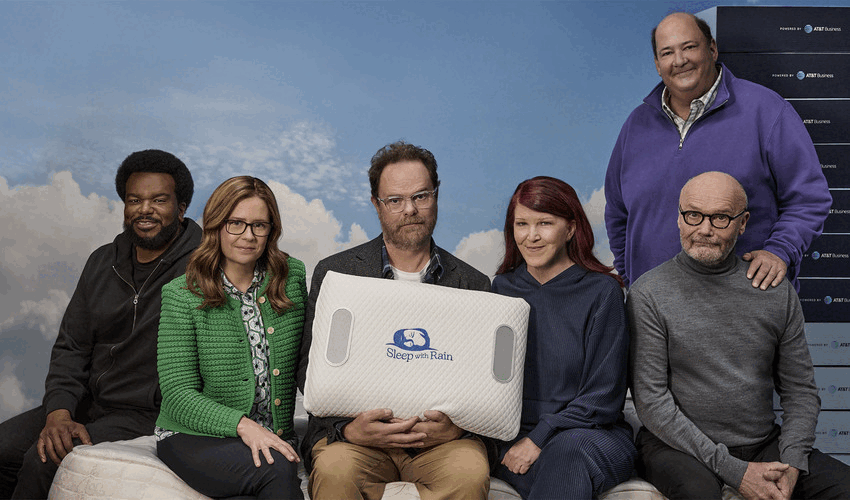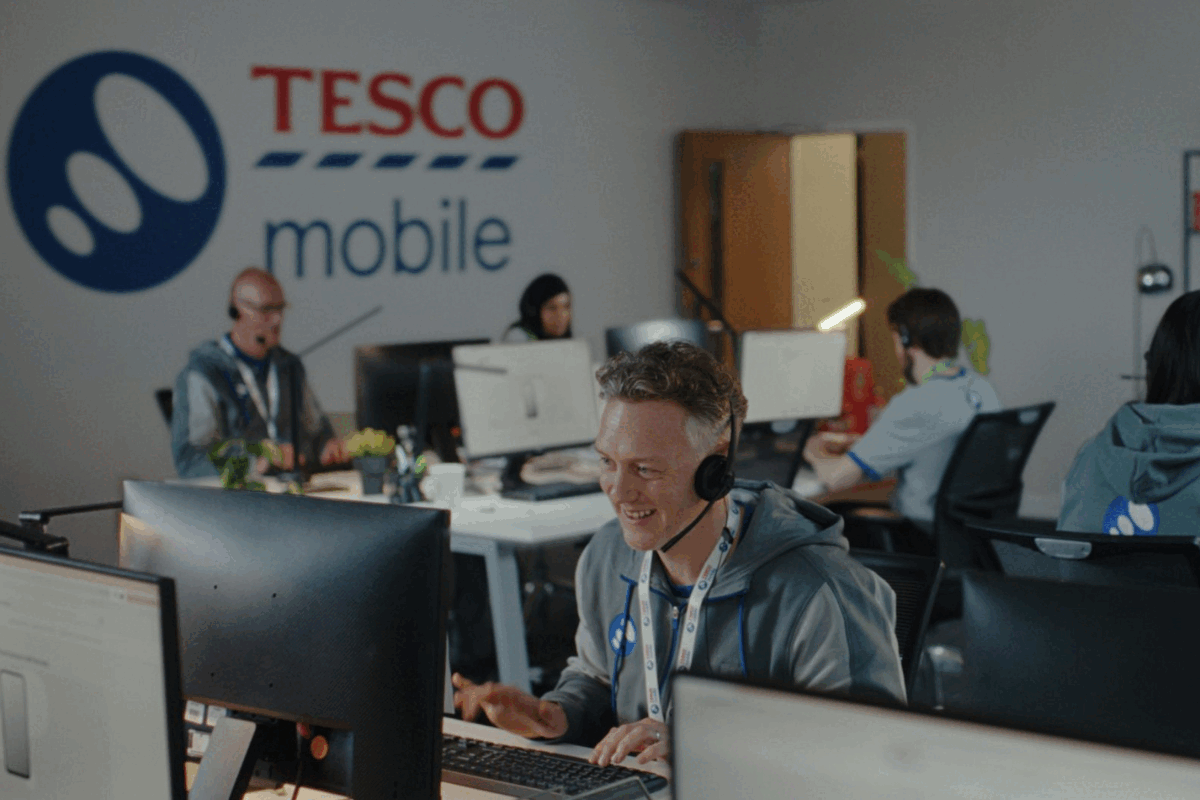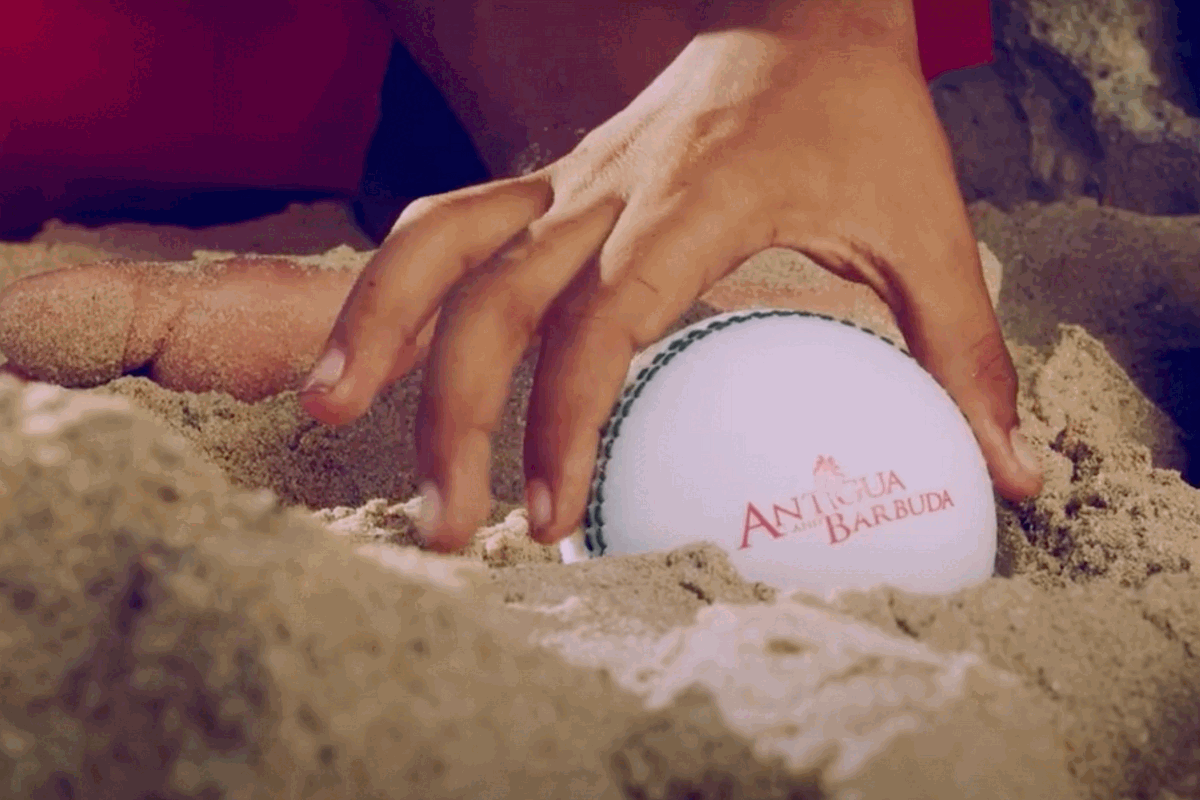2018 Awards Preview – Most Effective In-app Advertising Campaign
- Friday, November 2nd, 2018
- Share this article:
Ahead of our 2018 Effective Mobile Marketing Awards, well be previewing the nominees in each category, giving you a glimpse at the high quality of entries weve seen this year. In this preview, we’re looking at the campaigns that have best used the in-app ecosystem to promote products and services.
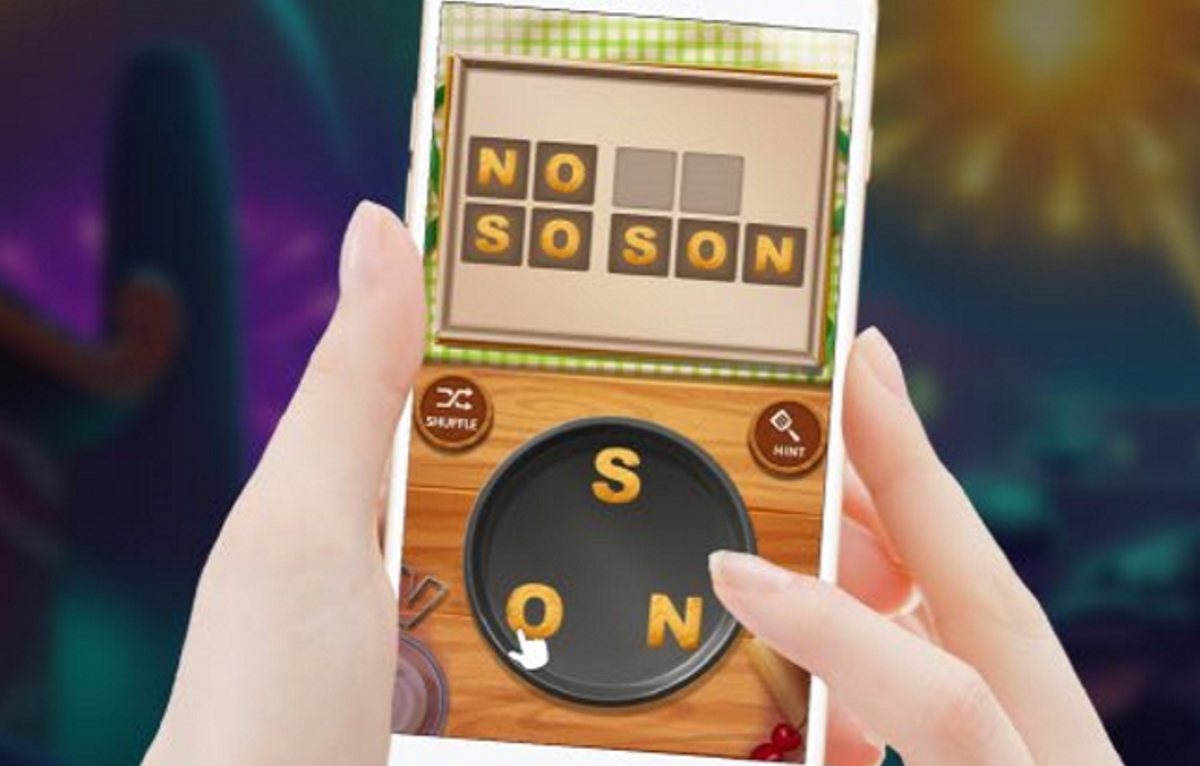
BitMango and Leadbolt – Mobile Playable Ads for Word Cookies App
Casual mobile games developer BitMango partnered with Leadbolt, a mobile advertising platform, on user acquisition campaigns with the goal of growing its base of Android and iOS players of its puzzle tile game, Word Cookies.
Leadbolt’s targeting algorithms, predictive modelling, and network of premium app publishers were used to identify ideal user characteristics and top performing mobile environments. Meanwhile, the mobile advertising platform’s Playable Ad format gave users the chance to experience a 30-second mini-game of Word Cookies within the ad before deciding whether to download it or not.
Using Leadbolt’s Playable Ads, BitMango managed to acquire 60,000 new users in one month and successfully achieve its day one retention objectives – with 50 per cent of those retained on day one still active on day seven.
Disney XD and OMD – Global Rovio Duck Tales Campaign created by Venatus
Disney XD entered into a unique advertising partnership with Rovio, creator of the iconic Angry Birds games. The global campaign was created and executed by Venatus Media and OMD EMEA and saw Disney’s DuckTales characters feature in an in-app level served in the mobile app game, Angry Birds 2, to promote the revival of the iconic DuckTales animated TV series, driving tune-in to the TV show across key markets.
Disney XD and DuckTales branding was integrated throughout the bespoke level to seamlessly introduce the characters and storyline of the show. At the launch of the level the challenge was announced and the characters were immediately integrated in to the game’s narrative explaining that Scrooge McDuck needed some help. Within the gameplay the characters replaced the eggs and were used to catapult and take down the pigs of the level to release Scrooge’s gold. This mechanism allowed a native integration within the natural gameplay, allowing users to engage with the characters whilst playing their favourite game. Players could also opt-in within the level to watch a 30-second promotional video of the new DuckTales series in return for an in-game reward. This further increased awareness of the show and created an association between the bespoke game level and the launch of the new series.
The sponsored level integration and reward video ran across eight markets, over a one-year period due to varying release dates across territories. From the launch of the activation the results seen were outstanding, marking the success of the first global partnership across Disney Channels globally.
In particular, the execution across EMEA markets has been outstanding, reaching over 2.2m unique users through the app, with the branded level achieving almost 2.7m interactions from the target audience. On average the branded spell within the level has seen an unprecedented interaction rate of 97.6 per cent.
In addition, the reward video which was run alongside the branded spell helped to connect audiences with content from the show and re-enforced the tune-in message for the TV show. Across EMEA, there were more than 270,000 total views of the video trailing the TV show.
Hewlett Packard Enterprise and Digitas – Yeasayers Game
Hewlett Packard Enterprise (HPE) wanted to engage IT decision makers and show them why it could help to stop saying ‘no’ to IT requests and start saying ‘yes’ more often.
HPE analysed the Twitter profiles of 500 IT decision makers and found an overwhelming interest in video games – particularly retro games – finding that only sport and family got more attention.
Using the interest in retro gaming, HPE and Digitas looked toward the iconic video game Pong, where players hit a ball back and forth using paddles. In Pong, players usually shake their head from side-to-side, mimicking the act of saying ‘no’.
The concept of Pong was then taken to create an original game, a game which rotated Pong’s classic style and made it into a vertical play area – helping players go from saying ‘no’ to saying ‘yes’.
Power-ups in the game, called the ‘Yeasayers Game’, were added to showcase the benefits of HPE products and services. Hybrid IT was displayed in the form of a temporary banner, preventing the player from losing the ball; Intelligent Edge was presented by giving the player another paddle; and HPE Data & Analytics was showed off via an onscreen ‘data line’, revealing the exact path of the ball.
The game, developed with the Economist Group, was incorporated within The Economist’s apps. Average dwell time was found to be one minute 15 seconds in The Economist Digital Edition app and one minute 37 seconds in The Economist Espresso app. These dwell times include every reader of The Economist’s apps and not just those who chose to play the game.
The game had a click-through rate to HPE.com which was 6.7 times the standard awareness campaign and mobile interaction rate was four times the standard. Meanwhile, engagement with the game increase propensity to click through to HPE.com by five times on mobile and players went beyond standard engagement levels, performing three times more defined valuable actions on the HPE site compared to those attracted via standard display ads.
Kongregate and Fyber – Bit Heroes Launch Campaign
The Bit Heroes campaign, originally launched in June 2017, saw Kongregate mainly seek user acquisition for its new game – the most important metrics being day three ROI and day 30 retention rate.
The games publisher launched the campaign through Fyber in June 2017, running through to October 2017. At first, the campaign had trouble scaling so the bid was increased to get more traction. The bid was adjusted multiple times throughout 2017 and early 2018 in order to hit a ‘sweet spot’. Fyber also partnered with Kongregate to implement whitelist campaigns to target apps that were generating a large number of conversions and higher quality users at an even higher bid amount, helping to increase eCPM and get more volume. The rest of the publishers continued to run on run of network campaign at a lower bid amount.
Throughout 2018, Fyber has added new videos and end cards for Kongregate, testing a variety of combinations to see which work best to improve performance.
When the campaign relaunched, conversions in the first full month increased 1,548 per cent, clicks 4,999 per cent, and impressions 1,175 per cent compared to the last full month of the previous campaign run in September 2017.
Comparing the first four months of 2018 to the first four months of the campaign in 2017, conversions increased 547 per cent, click 72.5 per cent, and impressions 435 per cent.
Lego, S4M and Carat – Taking the Chat out of the Bot
For this campaign in Singapore, LEGO was looking to reach parent shoppers during the competitive Christmas season. After LEGO’s key retail partner in the region, Toys R Us, filed for bankruptcy in 2017, LEGO needed a way to communicate with parents directly.
The solution was a LEGO Santa chatbot, accessed when consumers clicked on mobile banner ads with a call to action to ‘Chat with Santa’. The chatbot showcased the LEGO range with mobile-optimised image sizes; gave advice on the right product for children of different ages and interests; and raised awareness of alternative retailers.
The campaign delivered high user engagement. Compared to the 2016 Christmas campaign with the same media budget, LEGO saw twice the number of clicks. On average, the chatbot conversation sessions was just over 2 minutes long. The landing page, in this case the chatbot conversation flow, saw entry rates three times higher than the industry average and user interaction rates four times higher than industry average. The “Restart” button option in the chatbot was one of the top 10 buttons clicked, demonstrating audiences were eager to explore more features in the chatbot.
LEGO saw a 77 per cent sales uplift for Christmas 2017 when compared to the previous month’s performance. Among the products recommended by the LEGO Santa chatbot, they also saw an impressive 300 per cent sales uplift compared to the weeks prior to the campaign activation.
Timberland, GroundTruth and Vizeum – Flex in the City
This campaign aimed to reach Timberland’s key audience of the ‘urban dweller with a casual interest in the outdoor’. It used the power of location to inspire people from all over Europe to get up experience their own urban ‘Flex in the City’ adventure, and to promote Timberland’s new sensorflex boat shoe range by driving footfall into stores and challenging perceptions of Timberland as a ‘boots-only’ brand.
Based on previous campaign success, Timberland knew that location behaviour is a strong signal of consumer intent. So, rather than building an audience based on static points and demographics, it built an audience seeking to experience real adventures. Using GroundTruth’s discovery insights and real-world data, it looked at past visitation behaviours to understand where audiences shop and to seek those that like outdoor adventure. It also used location technology to uncover and reach audiences that were in close proximity to particular stores, allowing Timberland to target in real-time.
Groundtruth’s proprietary Blueprints technology draws automated polygons around points of interest and allows for precise delineation to understand whether a device has crossed between areas, or whether someone has entered a store. This provided Timberland with the most accurate context for the location data collected.
Once it had built audiences most likely to be in the market for Timberland products and established those that were in close proximity to stores, the brand wanted to focus on delivering a unique digital experience to drive those relevant audiences into key stores and stockists.
The first stage of the creative development was to make sure the advertising was relevant to the particular audiences it had built. When looking to influence those in the market for Timberland products, the message spoke to this audience, with a separate message being directed at those who were in close proximity of stores, where emphasis on directions was more appropriate.
The campaign used proximity targeting, reaching relevant audiences close to Timberland stores. It also included a conquesting element, identifying those in the market for footwear, and driving them out of competitor stores and into Timberland locations. Finally, a portion of the budget was reserved to up-weight delivery that specifically supported priority stores and special events
From a creative perspective, the campaign employed high impact, rich mobile creatives, including banners and full screen rich media content designed to catch people’s attention with calls to action to enter a competition and find their nearest store.
To determine the effectiveness of the campaign, comScore Location Lift was used to verify Store Visitation rate and Store Visitation Uplift. This identified devices in specified locations, and split those into control and exposed groups to measure organic and incremental audiences. Brand perception was measured utilising mobile surveys through OnDevice Research, again split into control/exposed groups to measure the brand perception generated by the campaign
The results of the campaign are confidential, but were sufficiently impressive to warrant a place on the shortlist.
Join us to find out the winners of our 2018 Effective Mobile Marketing Awards at our prestigious Awards Ceremony on 15 November. Tickets are available now, so book your place and celebrate the industrys best and brightest with us.




